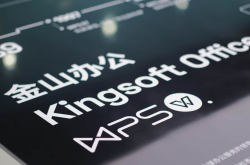Premium Motherboard from GIGABYTE! AORUS ELITE AX B850M WIFI6E Review: One-Click Memory Latency Reduction by 9ns
![]() 08/18 2025
08/18 2025
![]() 575
575
I. Introduction: A Premium Motherboard from GIGABYTE, the AORUS ELITE AX B850M WIFI6E
On our Intel test platforms, we typically use ROG motherboards, while for AMD platforms, GIGABYTE motherboards have been our go-to choice for years.
This preference stems from GIGABYTE's introduction of one-click bandwidth boost and latency reduction with their X670E motherboards in the Zen4 era, significantly outperforming competitors in performance.
This technology has now been extended to the entire GIGABYTE motherboard lineup, including the budget-friendly AORUS ELITE AX B850M WIFI6E.
We recently received this motherboard, so let's delve into its performance and memory overclocking capabilities.
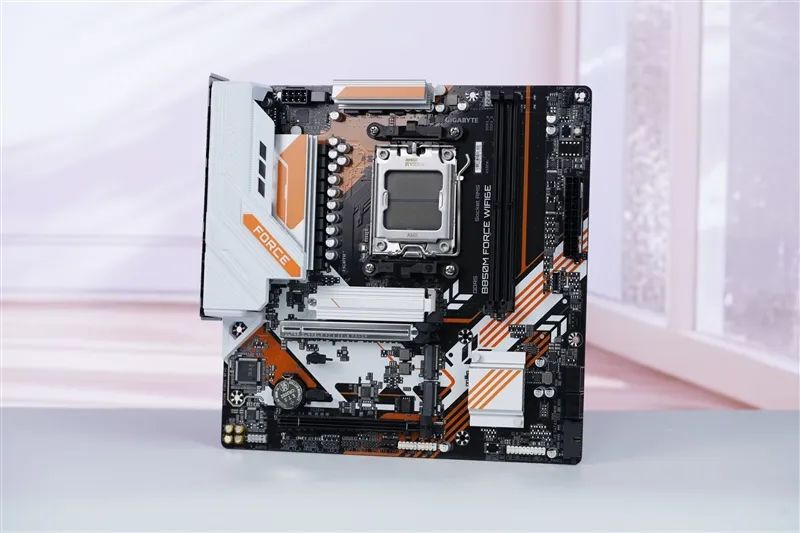
The GIGABYTE B850M AORUS ELITE motherboard features an 8+2+2 phase power supply design, with each phase supporting up to 55A, capable of outputting over 300W of power. Theoretically, it can support a Ryzen 9 9950X3D processor, but considering its smaller heatsink, it is best suited for Ryzen 5 and Ryzen 7 processors.
In terms of expansion, the B850M AORUS ELITE boasts 1 5Gbps USB-C port, 1 PCIe 5.0 M.2 slot, 2 PCIe 4.0 M.2 interfaces, and 2 full-size PCIe x16 slots.
Network capabilities are also noteworthy, with the B850M equipped with a Realtek 2.5GbE wired network card and a MediaTek MT7902 wireless module, supporting Wi-Fi 6E and BT5.3.
II. Image Appreciation: 8+2+2 Phase 55A Power Supply
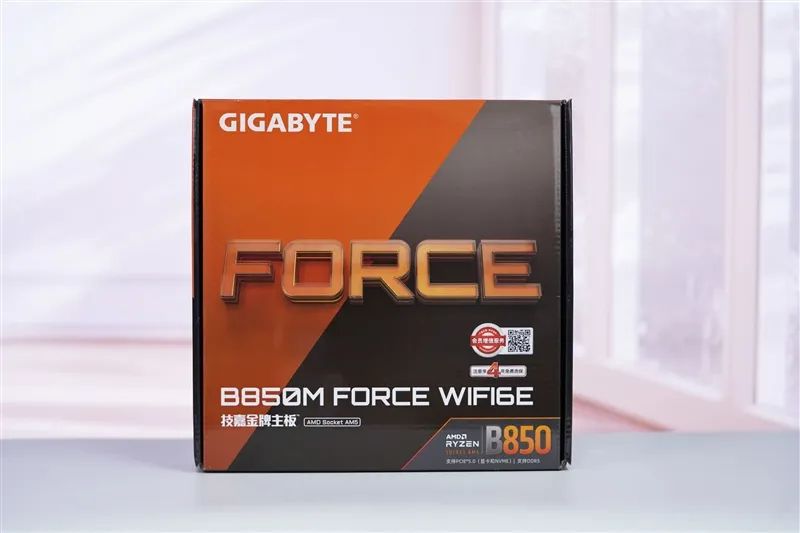
Packaging Box
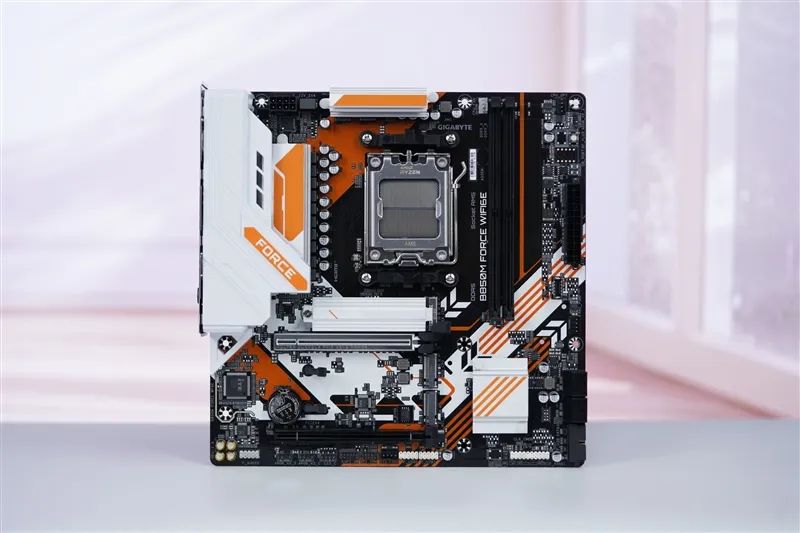
The motherboard features an M-ATX form factor with a sleek white, black, and orange color scheme. The integrated VRM heatsink is adorned with armor and the AORUS ELITE FORCE logo.
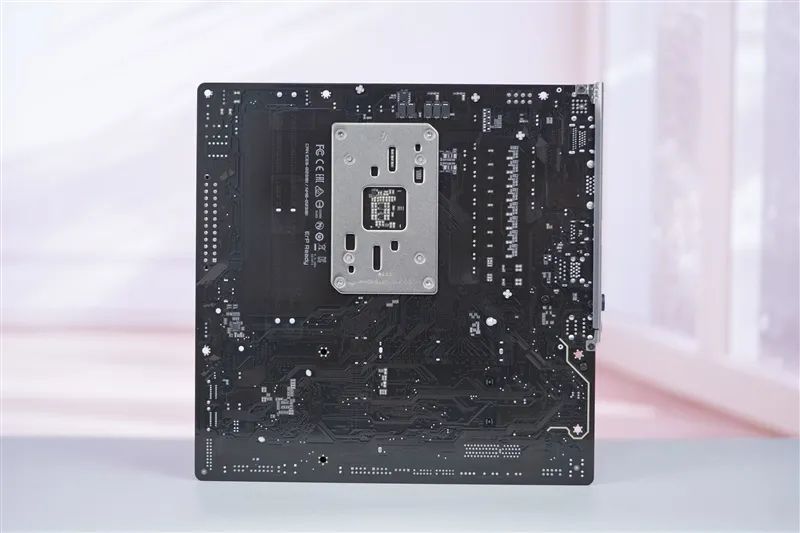
Back of the Motherboard
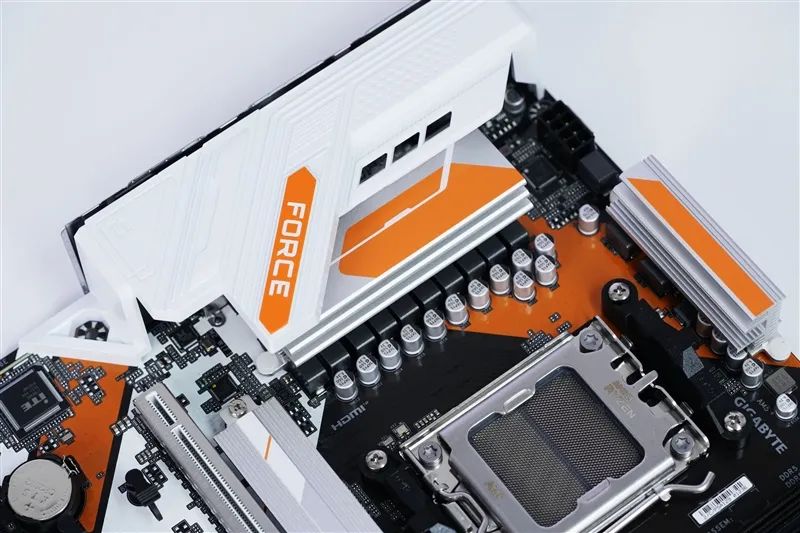
AM5 socket, compatible with Ryzen 7000/8000G/9000 series processors.
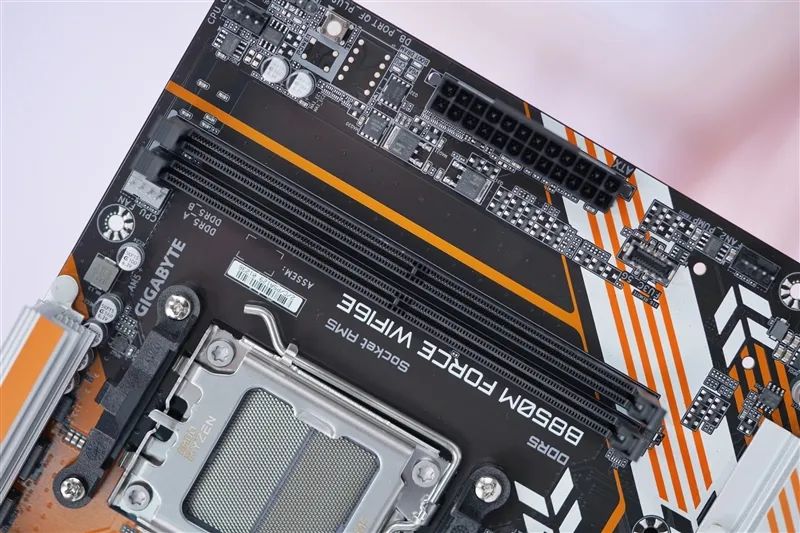
2 DDR5 slots, supporting up to 64GB of memory per slot with a maximum frequency exceeding 8400MHz.
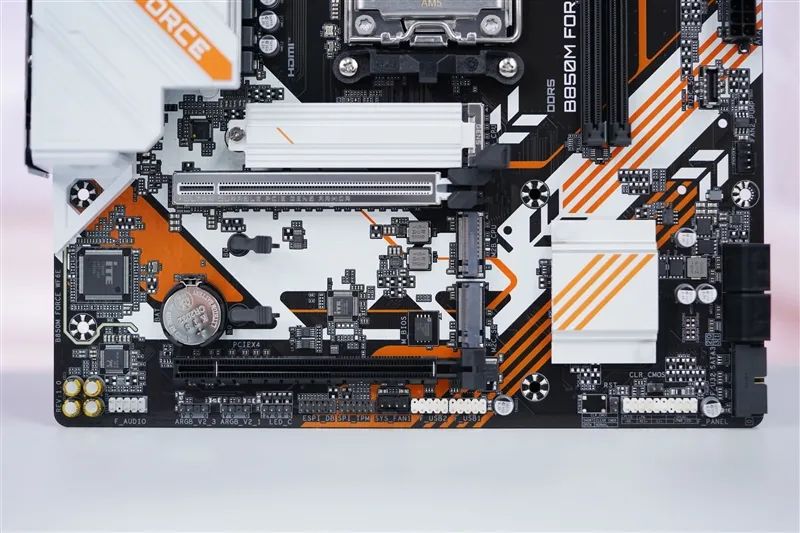
2 full-size PCIe slots, with the first supporting PCIe 5.0 x16 and the second supporting PCIe 4.0 x4.
3 M.2 2280 slots, with the top one supporting PCIe 5.0 ×4 and equipped with a white heatsink, while the other two support PCIe 4.0 x4.
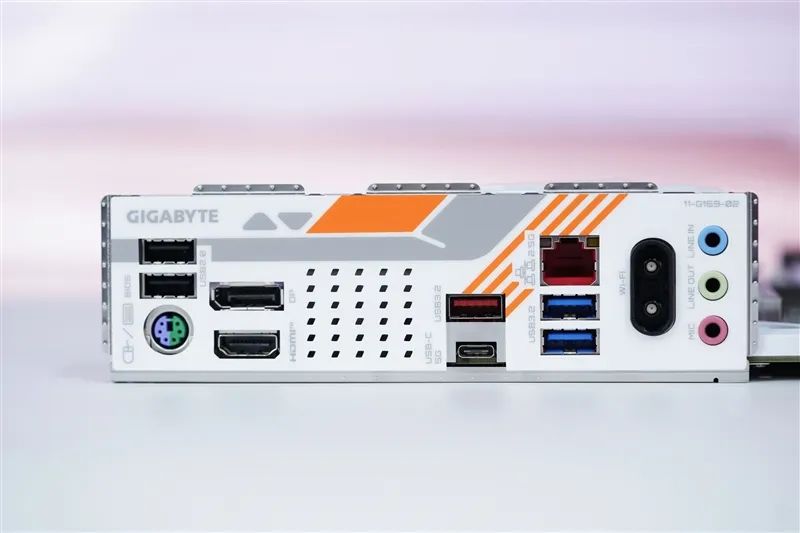
Rear I/O interfaces: 2x USB 2.0, HDMI, DP, 1x 5Gbps Type-C, 1x 10Gbps USB-A, 2x 5Gbps USB-A, 2.5G Ethernet port, 3x 3.5mm audio, Wi-Fi antenna interface.
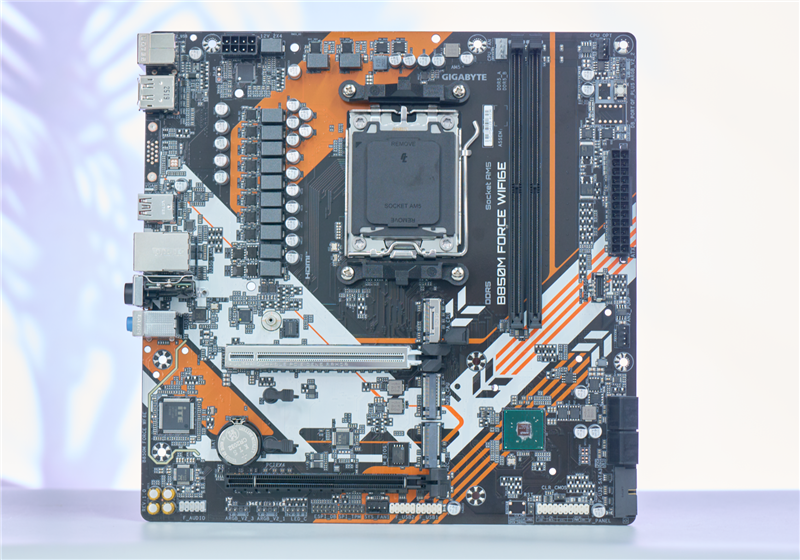
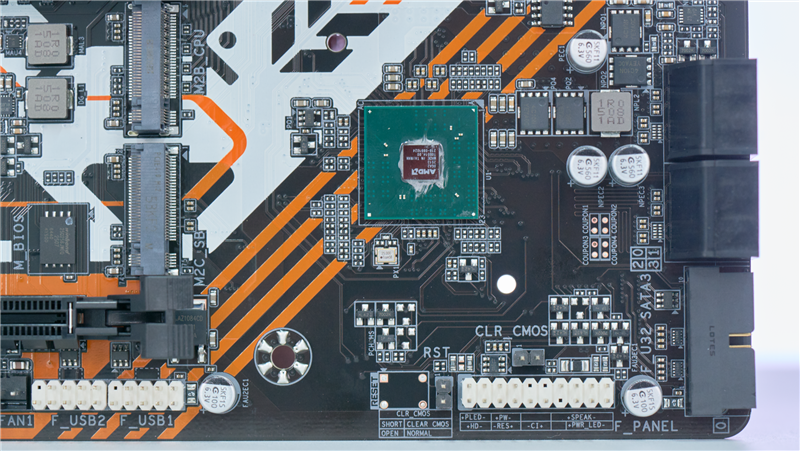
B850 Chip
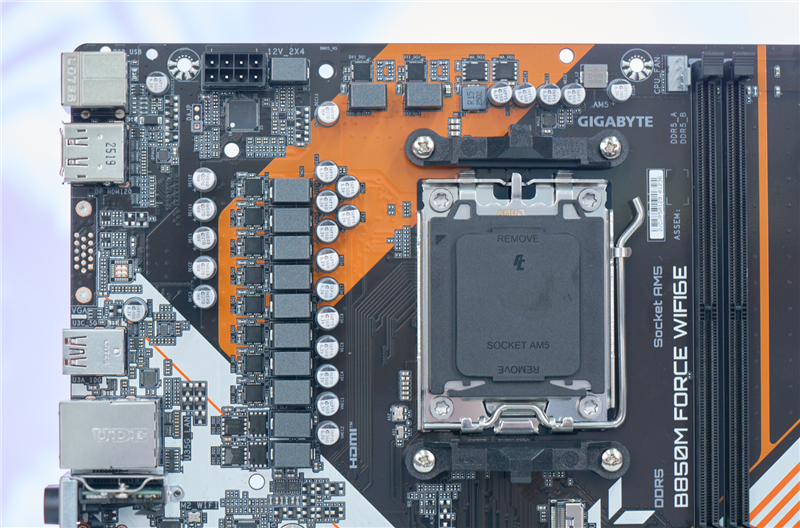
8+2+2 phase power supply solution.
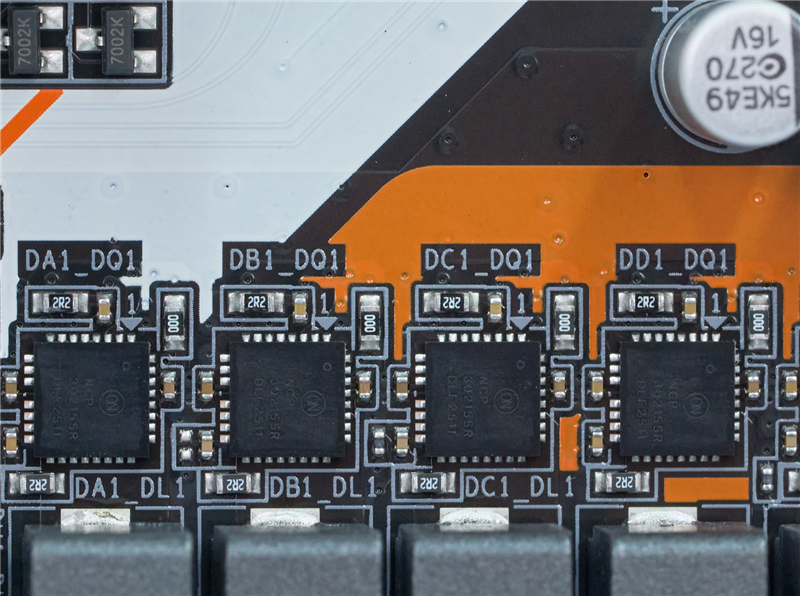
NCP302155 from On Semiconductor, supporting up to 55A of current.
III. BIOS Introduction
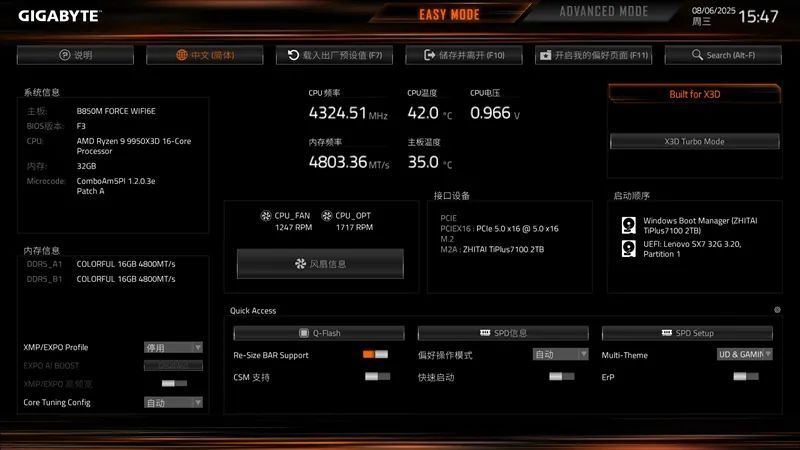
The main BIOS interface features one-click control switches for commonly used functions, including XMP/EXPO, XMP/High Bandwidth, Low Latency, Re-Size BAR, CSM, Quick Boot, etc.

The motherboard integrates 2 CPU fan 4pin connectors, 1 water-cooling 4pin connector, and 1 chassis fan connector. All fans can independently set temperature curves based on CPU, MOS, motherboard, or internal chassis temperature. Additionally, there's a fan stop setting that halts fan rotation at 0% RPM for complete silence.

Press F2 to enter the advanced menu, where the "Frequency/Voltage Control" interface allows for various CPU and memory overclocking settings.

PBO settings interface. Enabling PBO removes power limits, and the motherboard automatically sets a relatively high power wall value.
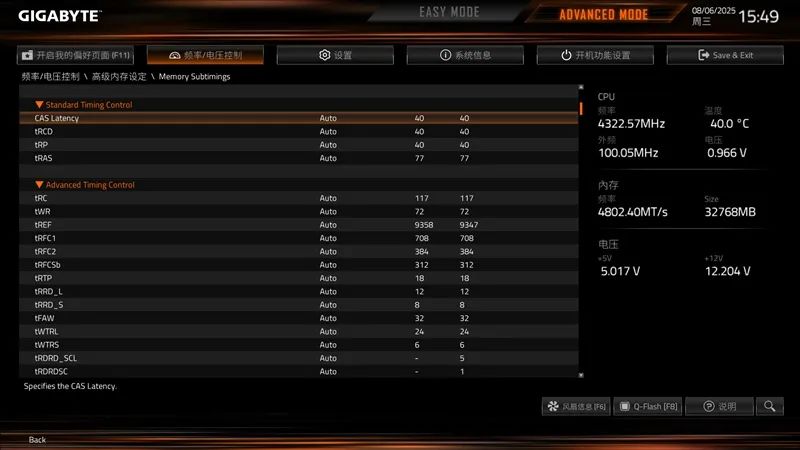
The memory timing settings are extensive and comprehensive.
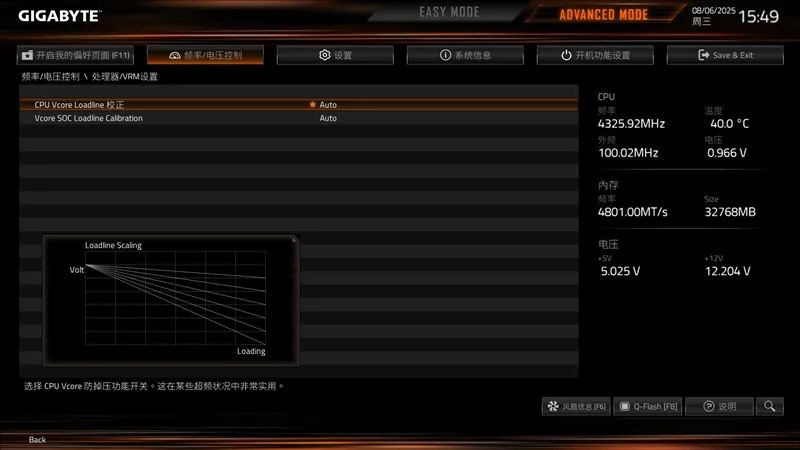
Load Line Calibration settings.
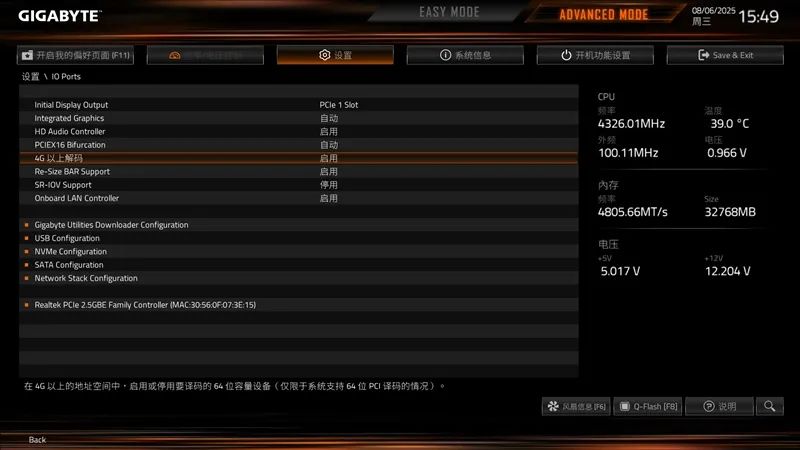
The BIOS default enables Resizable BAR acceleration technology.

System information menu.
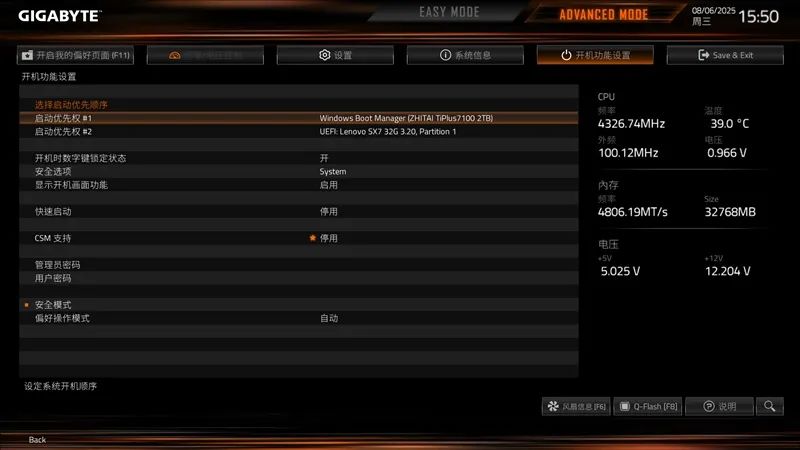
Boot settings interface.
IV. Stress Testing and Memory Performance Testing: Ideal for Ryzen 5/7
1. Stress Testing
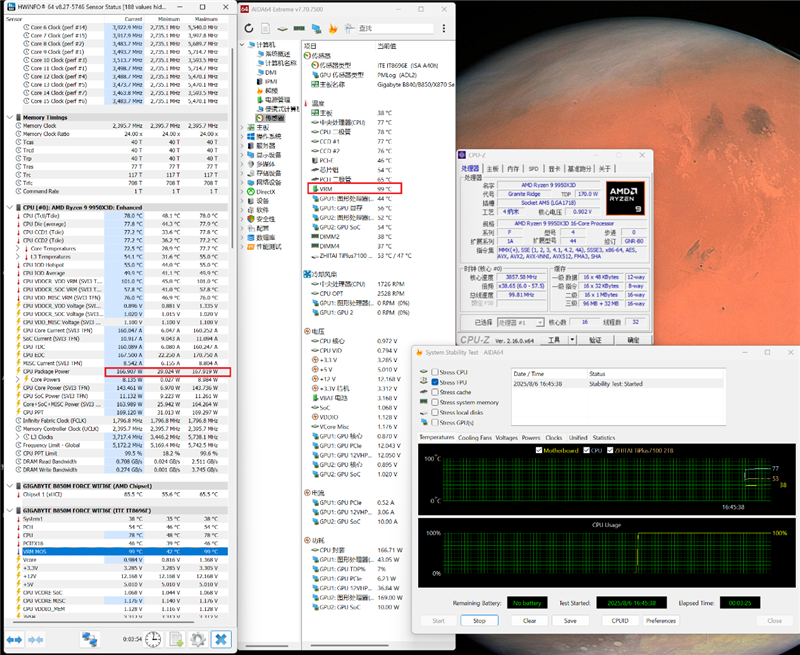
Using a Ryzen 9 9950X3D CPU, we conducted a stress test with AIDA64 FPU. After 3.5 minutes, the CPU power consumption reached 166W, and the power supply module temperature hit 99°C. If the test continued, the temperature would rise further.
This motherboard is best paired with Ryzen 7 and Ryzen 5 processors.
2. Memory Testing
The test utilized a Colorful CVN DDR5-6600 16GBx2 kit with a frequency of 6600MHz and default timings of 34-44-44-108.
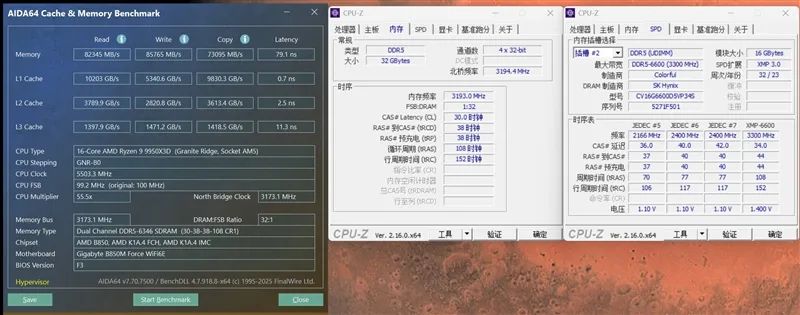
With XMP enabled and the memory frequency set to 6400MHz with timings of 30-38-38-96 CR1, the memory read, write, and copy bandwidths were 82345MB/s, 85765MB/s, and 73075MB/s, respectively, with a latency of 79.1ns.
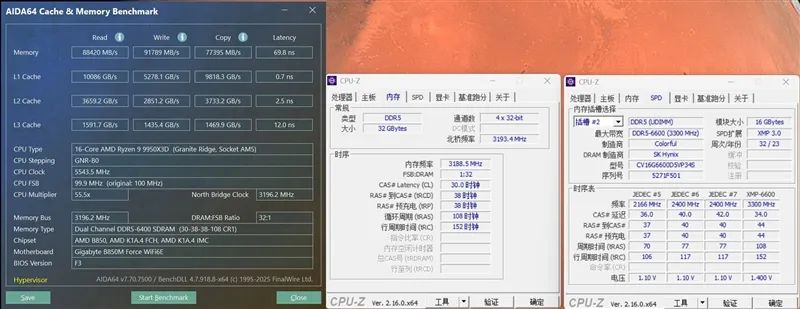
After enabling the one-click optimization in the BIOS, the memory read, write, and copy bandwidths increased to 88420MB/s, 91789MB/s, and 77395MB/s, respectively, with a significant latency reduction to 69.8ns.
This represents a 7% increase in memory bandwidth and a 9.3ns reduction in latency.
V. Performance Testing: Comparable to Top-Tier X870E Motherboards with Ryzen 7 9800X3D
1. CPU-Z

The Ryzen 7 9800X3D scored 823 points in the single-thread test and 8815 points in the multi-thread test.
2. CINEBENCH R15
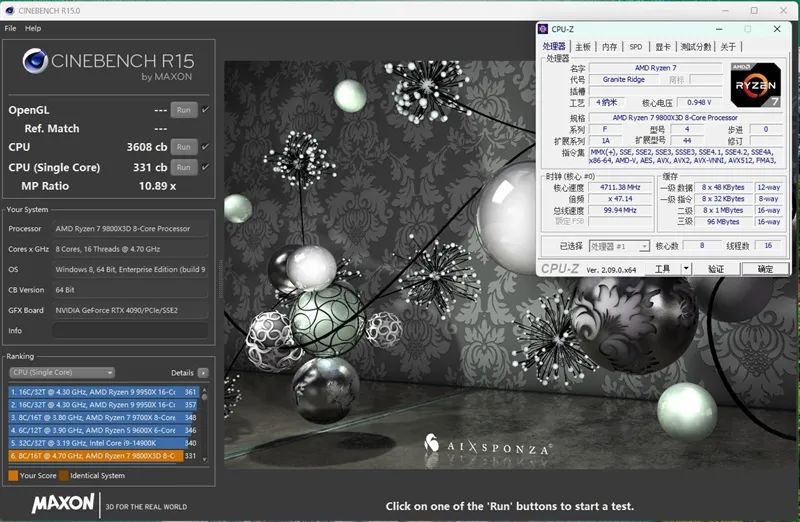
The Ryzen 7 9800X3D achieved a single-thread score of 331cb and a multi-thread score of 3608cb.
3. CINEBENCH R20
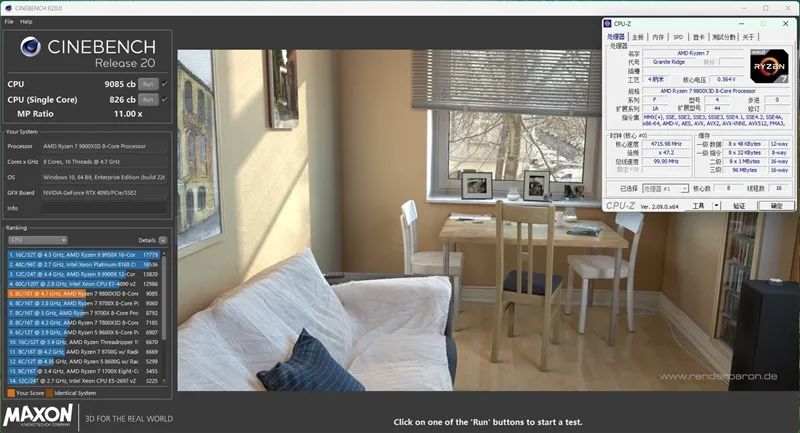
In the CineBench R20 test, the Ryzen 7 9800X3D scored 826cb in single-thread and 9085cb in multi-thread.
4. CINEBENCH R23
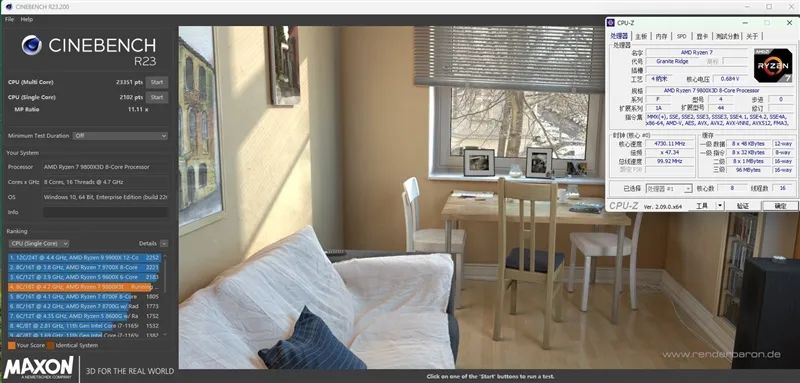
In the CineBench R23 test, the Ryzen 7 9800X3D scored 2102pts in single-thread and 23351pts in multi-thread.
5. CINEBENCH 2024
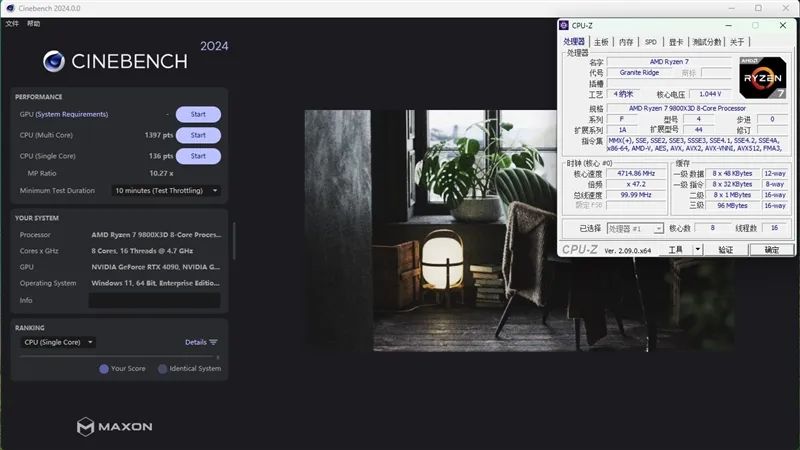
In the CineBench 2024 test, the Ryzen 7 9800X3D scored 136pts in single-thread and 2397pts in multi-thread.
6. POV-Ray
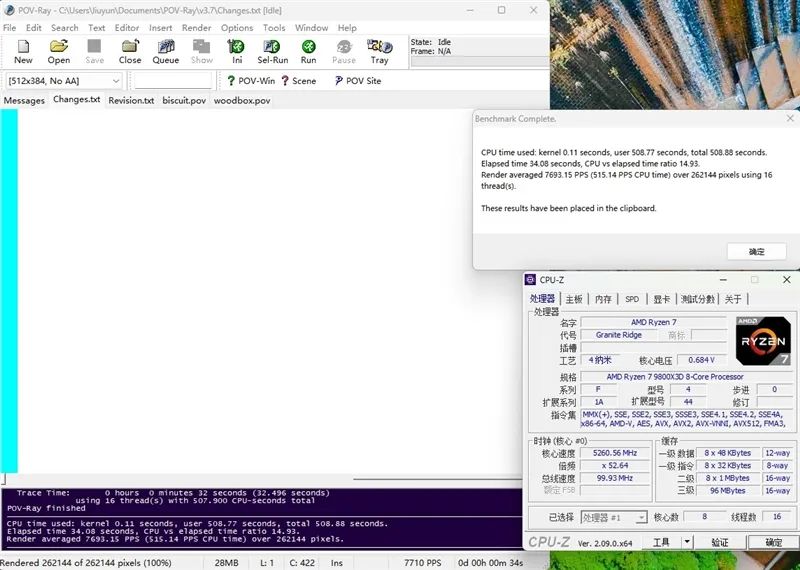
The Ryzen 7 980







